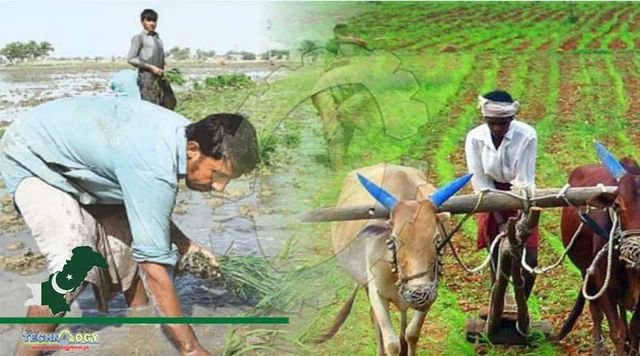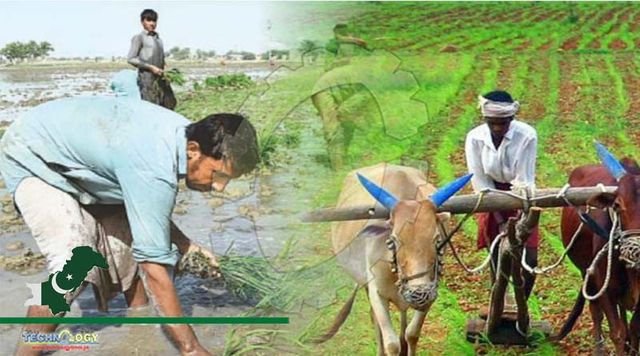Agricultural sector in Sindh, Punjab badly affected by COVID-19: ADB SurveyCOVID-19 pandemic and disruption of movement have negatively affected the marketing of vegetables, fruits, and milk in both Punjab and Sindh.

According to a fresh report of Asian Development Bank (ADB) although marketing conditions have improved, the proportion of farmers producing high-value agricultural products has declined in Sindh. It is likely that farmers are still wary of market disruptions, as they had experienced in 2020 and 2021.
To encourage farmers to produce high-value agricultural products, the national and provincial governments in Pakistan need to ensure market access for farmers. The Governments need to review the exemptions under movement restrictions to minimize disruption to the food supply chain under the exemption policy. This action is important to prepare for the emergence of a new COVID-19 variant or another pandemic.
As per the ADB data, which were gathered from ADB surveys of farm households in Sindh and Punjab as the main agricultural areas in Pakistan, it is evident that food systems were significantly affected in spite of exemptions imposed on them during lockdowns and travel restrictions in the country during 2020–2021.
Although conditions have since improved, the agriculture sector still needs the support of the national and provincial governments to rebound from the decline in production and supply due the pandemic. The Government of Pakistan allowed exemptions on food systems during the lockdown and movement
restrictions caused by the coronavirus disease (COVID-19) pandemic. However, disruptions in food supply chains persisted in 2020 and 2021. In 2021, some farmers in Sindh Province became wary of growing high-value crops for fear of prolonged market disruptions. This calls for support from the government in terms of ensuring that farmers have market access for their production of high-value
COVID-19 resulted in the national lockdown imposed by the Government of Pakistan from 1 April 2020 to 9 May 2020. Initially, mobility declined by 60% in Sindh and 40% in Punjab but gradually recovered to the pre-pandemic level. However, mobility was subject to large fluctuations in 2021 as additional movement restrictions were imposed due to COVID-19 variants. Thus, the risk of supply chain disruption remained throughout the year.
As per the report during the pandemic in 2020 and 2021, the ADB conducted two mobile phone surveys on farm households in Punjab and Sindh (map). The main agricultural sector production areas of Pakistan are located in these two provinces.
Respondents of the May–June 2020 survey were 839 farmers from 10 districts. On the other hand, the April–May 2021 survey completed interviews with 744 out of the 839 farmers that were contacted. According to ADB survey, the COVID-19 pandemic continued to hurt rural households in 2021. In Punjab, one-third of farm households experienced losses in wages and farm income in 2020 and 2021.
In Sindh, the same proportion declined from 37% to 26% over the same period. The percentage of rural households reporting lower food consumption declined from 58% in 2020 to 21% in 2021, and the percentage of households reporting lower nonfood expenditure decreased from 45% to 34%. The survey results indicate that there were some improvements eventually, but respondents from Sindh still experienced hardships.
In 2020, 94% of Sindh farmers who grew tomatoes reported that they had difficulty selling tomato crop or could not sell it at all. In 2021, this percentage dropped to 69%. Due to marketing difficulties and low prices, two-thirds of farmers in 2020 and about half in 2021 plowed their tomato crop as green manure without harvesting it completely. Other high-value products, i.e., vegetables, fruits, and milk, continued to experience marketing difficulties in 2021.
Source: This news is originally published by pakistantoday
